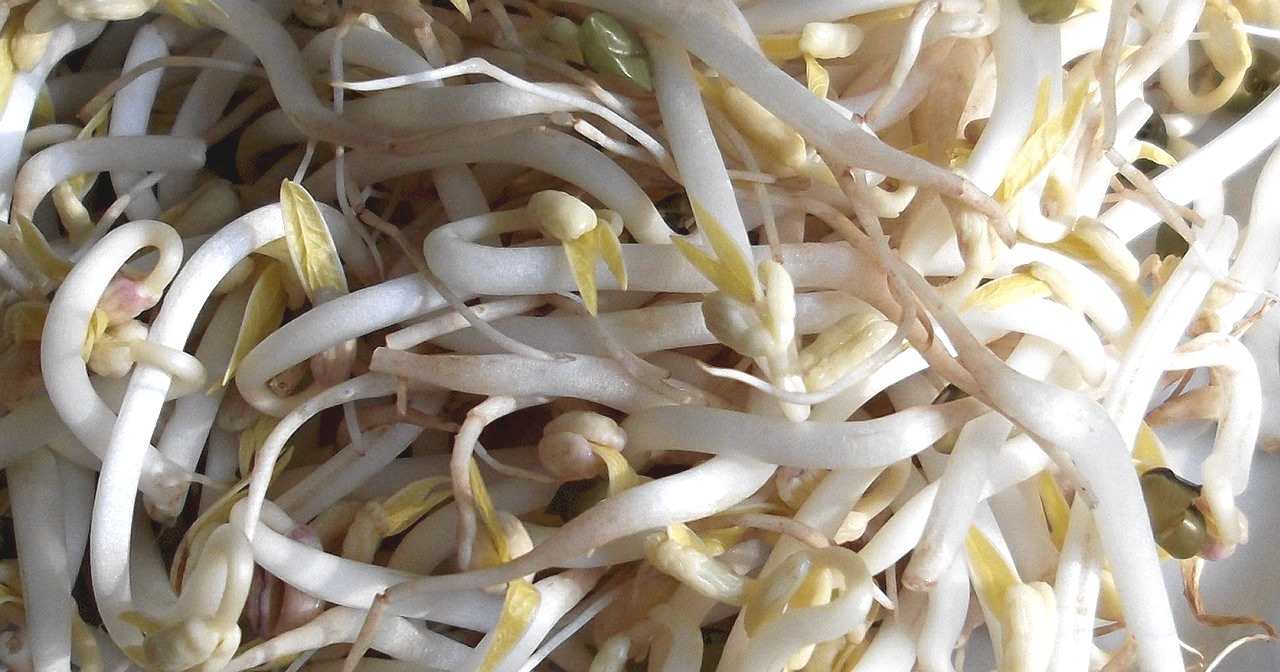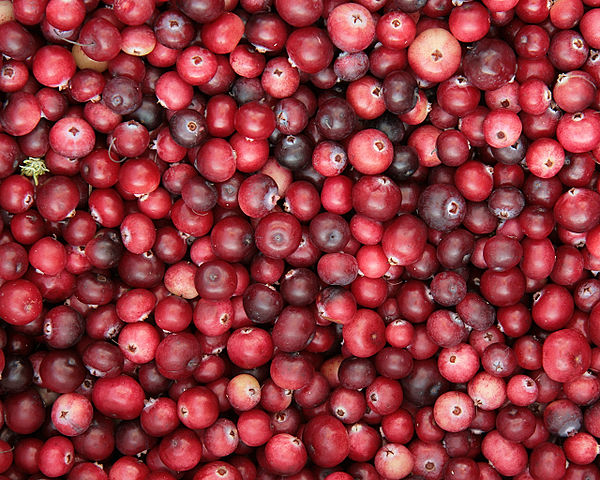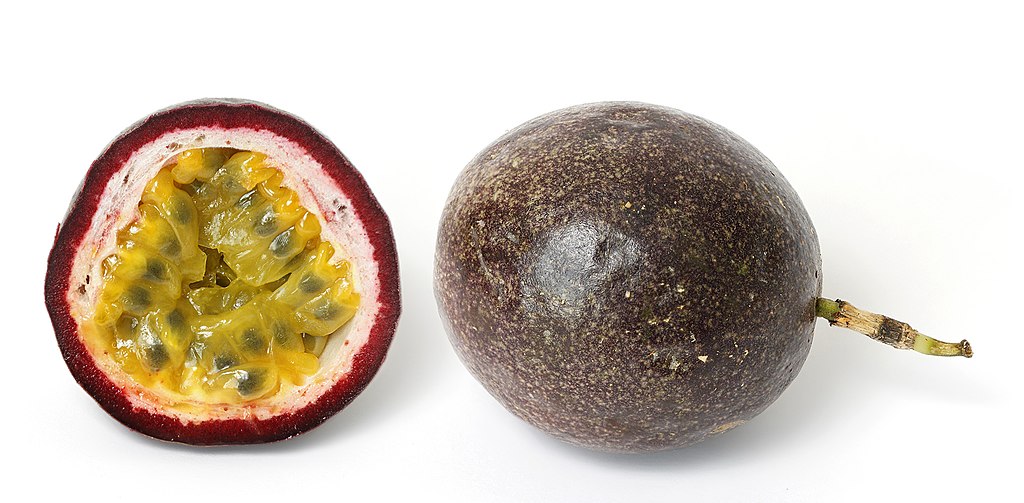Food with Nutrition Similar to Watermelon

Similar to Watermelon
One cup of watermelon contains about 46 calories.Many foods are similar nutritionally to watermelon, including cherry tomato, plums, tomato and green bean.
We compared the nutritional profile of watermelon to hundreds of other foods with data from USDA.[1]
plants and vegetables
There are quite a few plants and vegetables that offer similar nutritional benefits to watermelon. Cherry tomato, tomato, green bean, bean sprouts and scallion are all high in .Cherry Tomato

Similarity: > 95%
Cherry tomato contains nutrients similar to watermelon, but in smaller amounts overall. Moreover, cherry tomato contains more dietary fiber, Vitamin C, Vitamin A and potassium than watermelon.
For 100 grams of watermelon and cherry tomato:
|
Watermelon (5/8 cup) |
Cherry Tomato (5/8 cup) |
|---|
Cherry Tomato vs. Watermelon
Tomato

Similarity: > 95%
Tomato contains nutrients similar to watermelon, but in smaller amounts overall. Also, tomato contains more dietary fiber, Vitamin C and potassium than watermelon.
For 100 grams of watermelon and tomato:
|
Watermelon (5/8 cup) |
Tomato (5/8 cup) |
|---|
Tomato vs. Watermelon
Green Bean

Similarity: > 95%
More nutritionally dense than watermelon, green bean contains nutrients similar to watermelon, but in smaller amounts overall. Moreover, green bean contains more dietary fiber, Vitamin C, calcium, iron and potassium than watermelon.
For 100 grams of watermelon and green bean:
|
Watermelon (5/8 cup) |
Green Bean (1 cup) |
|---|
Green Bean vs. Watermelon
Bean Sprouts

Similarity: > 95%
More nutritionally dense than watermelon, bean sprouts contain nutrients similar to watermelon, but in smaller amounts overall. Moreover, bean sprouts contains more dietary fiber, protein, Vitamin C and iron than watermelon.
For 100 grams of watermelon and bean sprouts:
|
Watermelon (5/8 cup) |
Bean Sprouts (1 cup) |
|---|
Bean Sprouts vs. Watermelon
Scallion

Similarity: > 95%
More nutritionally dense than watermelon, scallion contains nutrients similar to watermelon, but in smaller amounts overall. Moreover, scallion contains more dietary fiber, Vitamin C, Vitamin A, calcium and iron than watermelon.
For 100 grams of watermelon and scallion:
|
Watermelon (5/8 cup) |
Scallion (1 cup) |
|---|
Scallion vs. Watermelon
Watercress

Similarity: > 95%
More nutritionally dense than watermelon, watercress contain nutrients similar to watermelon, but in smaller amounts overall. Moreover, watercress contains more protein, Vitamin C, Vitamin A, calcium and potassium than watermelon.
For 100 grams of watermelon and watercress:
|
Watermelon (5/8 cup) |
Watercress (3 cups) |
|---|
Watercress vs. Watermelon
Capers

Similarity: > 95%
More nutritionally dense than watermelon, capers contain nutrients similar to watermelon, but in smaller amounts overall. Moreover, capers contains more dietary fiber, protein, calcium, iron and riboflavin than watermelon.
For 100 grams of watermelon and capers:
|
Watermelon (5/8 cup) |
Capers (12 tbsps) |
|---|
Capers vs. Watermelon
Okra
Similarity: > 95%
More nutritionally dense than watermelon, okra contains nutrients similar to watermelon, but in smaller amounts overall. Moreover, okra contains more dietary fiber, Vitamin C, calcium, potassium and thiamin than watermelon.
For 100 grams of watermelon and okra:
|
Watermelon (5/8 cup) |
Okra (1 cup) |
|---|
Okra vs. Watermelon
Mint

Similarity: > 95%
More nutritionally dense than watermelon, mint contains nutrients similar to watermelon, but in smaller amounts overall. Moreover, mint contains more dietary fiber, protein, Vitamin C and Vitamin A than watermelon.
For 100 grams of watermelon and mint:
|
Watermelon (5/8 cup) |
Mint (2000 leaves) |
|---|
Mint vs. Watermelon
Arugula

Similarity: > 90%
More nutritionally dense than watermelon, arugula contains nutrients similar to watermelon, but in smaller amounts overall. Moreover, arugula contains more dietary fiber, protein, Vitamin C, Vitamin A and calcium than watermelon.
For 100 grams of watermelon and arugula:
|
Watermelon (5/8 cup) |
Arugula (50 leaves) |
|---|
Arugula vs. Watermelon
Nori

Similarity: > 90%
More nutritionally dense than watermelon, nori contains nutrients similar to watermelon, but in smaller amounts overall. Moreover, nori contains more protein, Vitamin C, Vitamin A, calcium and iron than watermelon.
For 100 grams of watermelon and nori:
|
Watermelon (5/8 cup) |
Nori (38 bags) |
|---|
Nori vs. Watermelon
Zucchini

Similarity: > 90%
More nutritionally dense than watermelon, zucchini contains nutrients similar to watermelon, but in smaller amounts overall. Moreover, zucchini contains more dietary fiber, Vitamin C, calcium, potassium and riboflavin than watermelon.
For 100 grams of watermelon and zucchini:
|
Watermelon (5/8 cup) |
Zucchini (3/4 cup) |
|---|
Zucchini vs. Watermelon
Radishes

Similarity: > 90%
Radishes contain nutrients similar to watermelon, but in smaller amounts overall. Moreover, radishes contains more dietary fiber, Vitamin C, calcium and potassium than watermelon.
For 100 grams of watermelon and radishes:
|
Watermelon (5/8 cup) |
Radishes (7/8 cup) |
|---|
Radishes vs. Watermelon
fruits
Several fruits or fruit products offer similar nutrients to watermelon including plums, peach, blueberry, cranberry and passion fruit.Plums

Similarity: > 95%
Plums contain nutrients similar to watermelon, but in smaller amounts overall. Also, plums contains more dietary fiber and potassium than watermelon.
For 100 grams of watermelon and plums:
|
Watermelon (5/8 cup) |
Plums (5/8 cup) |
|---|
Plums vs. Watermelon
Peach

Similarity: > 95%
Peach contains nutrients similar to watermelon, but in smaller amounts overall. Also, peach contains more dietary fiber than watermelon.
For 100 grams of watermelon and peach:
|
Watermelon (5/8 cup) |
Peach (5/8 cup) |
|---|
Peach vs. Watermelon
Blueberry

Similarity: > 90%
More nutritionally dense than watermelon, blueberry contains nutrients similar to watermelon, but in smaller amounts overall. Also, blueberry contains more dietary fiber than watermelon.
For 100 grams of watermelon and blueberry:
|
Watermelon (5/8 cup) |
Blueberry (5/8 cup) |
|---|
Blueberry vs. Watermelon
Cranberry

Similarity: > 90%
Cranberry contains nutrients similar to watermelon, but in smaller amounts overall. Also, cranberry contains more dietary fiber and Vitamin C than watermelon.
For 100 grams of watermelon and cranberry:
|
Watermelon (5/8 cup) |
Cranberry (7/8 cup) |
|---|
Cranberry vs. Watermelon
Passion Fruit

Similarity: > 90%
More nutritionally dense than watermelon, passion fruit contains nutrients similar to watermelon, but in smaller amounts overall. Also, passion fruit contains more dietary fiber, Vitamin C and Vitamin A than watermelon.
For 100 grams of watermelon and passion fruit:
|
Watermelon (5/8 cup) |
Passion Fruit (about 3/8 cup) |
|---|
Passion Fruit vs. Watermelon
Honeydew

Similarity: > 90%
Honeydew contains nutrients similar to watermelon, but in smaller amounts overall. Also, honeydew contains more dietary fiber, Vitamin C and potassium than watermelon.
For 100 grams of watermelon and honeydew:
|
Watermelon (5/8 cup) |
Honeydew (5/8 cup) |
|---|
Honeydew vs. Watermelon
seafood
Clams

Similarity: > 90%
More nutritionally dense than watermelon, clams contain nutrients similar to watermelon, but in smaller amounts overall. Moreover, clams contains more protein, Vitamin C, Vitamin A and calcium than watermelon.
For 100 grams of watermelon and clams:
|
Watermelon (5/8 cup) |
Clams (3.5 ounces) |
|---|
Clams vs. Watermelon